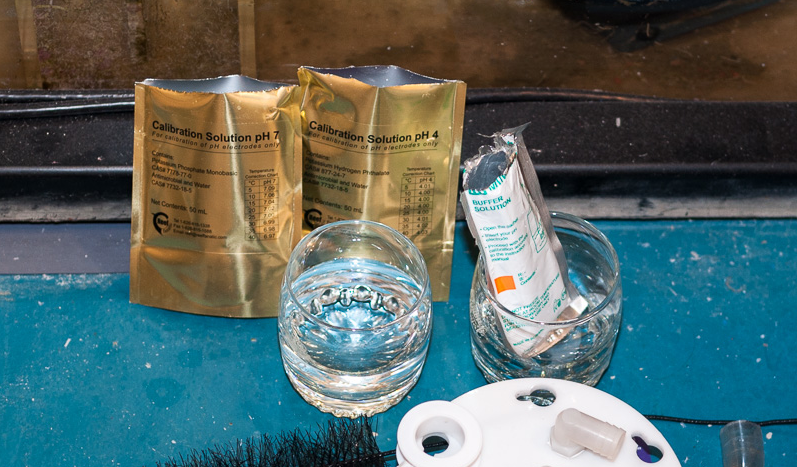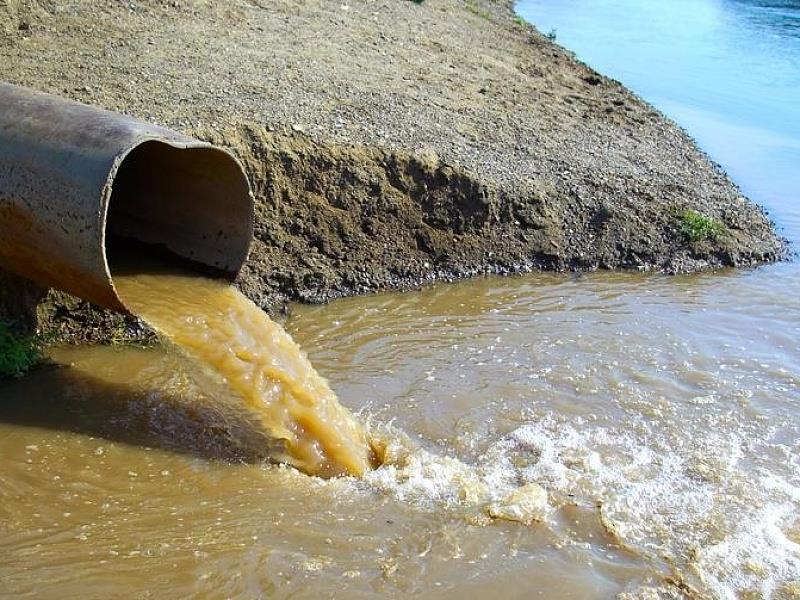Commonly used impurity removal methods in water quality and color detection
发布时间:2021/1/6 16:05:28 来源:贯奥仪器仪表 作者:便携式多参数水质分析仪器 阅读次数:
The detection of water quality and chromaticity is widely used in the chromaticity measurement of pure water plants, water plants, sewage treatment plants, industrial water, environmental protection departments, hospitals and other industries. The obvious color of the water indicates that it has been polluted to a certain degree. Water can affect people's psychology, make people feel unpleasant, and reduce product quality for industrial water. Therefore, various industries have certain requirements for the chromaticity of water. For example, the chromaticity of drinking water in my country is required to be less than 15 degrees, and it must not be other different colors. The chromaticity of dyeing water is required to be less than 5 degrees, and that of textile industry water. It is required to be less than 10-12 degrees, and the chromaticity of water for papermaking industry is required to be less than 15-30 degrees. These can be measured with a platinum-cobalt standard colorimetric water quality detector. However, due to the complexity of daily water quality, some special water samples must be tested after removing impurities.

Commonly used impurity removal methods for chroma water samples
1. Coagulation treatment
When the chromaticity impurities in the water are mainly suspended and colloidal organic matter, about 75% to 90% can generally be removed after coagulation, clarification and filtration. The coagulant can be aluminum sulfate or basic aluminum chloride, and organic polymer flocculants should be used appropriately
2. Chlorination treatment
When the organic content in the water is large, the removal rate of "chroma" is about 80% after chlorination treatment. During the chlorination treatment, the remaining chlorine should be greater than 0.5mg/L, and the chlorination treatment should be carried out faster at low pH values. Therefore, the chlorination should be placed before the coagulation treatment, and the remaining color after chlorination (mainly organic) It can be further removed in the coagulation treatment.
3. Adsorption treatment
The adsorption treatment method is a treatment method that uses porous solid materials to adsorb the chromaticity impurities in the water on the solid surface and be removed. Commonly used adsorbents include granular activated carbon and macroporous adsorbents.
Activated carbon layer filtration, generally when the water chromaticity value is low, the granular activated carbon layer is 0.6~1.5m high; when the water chromaticity value is high, the layer height is 1.5~3.0m. Macroporous adsorbent is a kind of bead-like macroporous polymer, which can absorb and analyze certain specific components in water, and can well remove "chromaticity" impurities in water.


